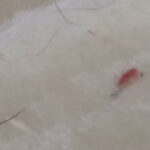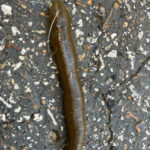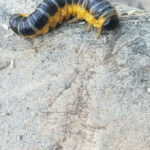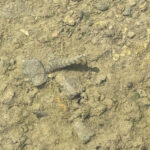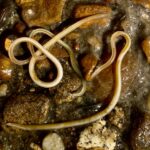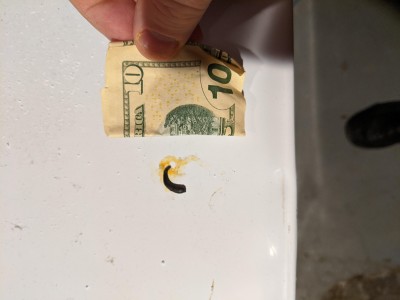Loa Loa worms (also known as the “eye worm”) are classified as filarial worms, meaning they thrive in human tissue. The Loa Loa worm is also called the “eye worm” because they often migrate through the eye and surrounding subsurface areas. At one time, prior to the 1920s, loa loa worm infections occurred in the United States. Today, however, they mainly infect people who are native to Sudan, and those who live in or near Central and West Africa’s swamps and rain forests.
Loiasis is the infestation of loa loa worms in humans. The larvae are first collected from an infected individual when a mango fly (horsefly) or a deer fly bites the individual, and acquires the larvae. The larvae then progress through the fly’s body, finally reaching the feeding tube. They are then transferred to a human host when the fly bites the human. The larvae may remain unnoticed for months or years before becoming an adult, mating, and producing offspring.
Adult female Loa Loa worms can reach a length of 2 1/2 inches while males are approximately half that size. Loa Loa worms can live approximately fifteen years inside their human hosts. They travel continuously through connective and deep tissue, often without the victim experiencing any sensation other than occasional itching.
It is when the worm slows or reaches a sensitive spot that a person will often feel the greatest discomfort. At this point, immune reactions may also include localized redness and a condition called “Calabar” swelling. Skin eruptions and muscle pain may be evident.
When the Loa Loa worm reaches the eye tissue, it can be easily seen and felt within the eyeball for up to an hour. It is usually removed under local anesthesia if the patient is within proximity of a qualified physician. When an adult worm dies, the surrounding tissue may abscess and require excision. Encephalitis can occur if the worm reaches the brain.
After mating, the female will deposit eggs – called microfilariae. These tiny organisms then travel in a worm-like fashion in the bloodstream during daytime hours, when potential host flies are most abundant. They congregate in the lungs at night.
A Loa Loa worm infection is rarely fatal and treatments often cause more life-threatening side effects than the actual infestation, especially if the worms are widespread. The most common treatments are DEC (diethylcarbamazine) and Ivermectin.
Recommended reading (click on the picture for details):
All About Worms is always free, always reader-supported. Your tips via CashApp, Venmo, or Paypal are appreciated! Receipts will come from ISIPP Publishing.




